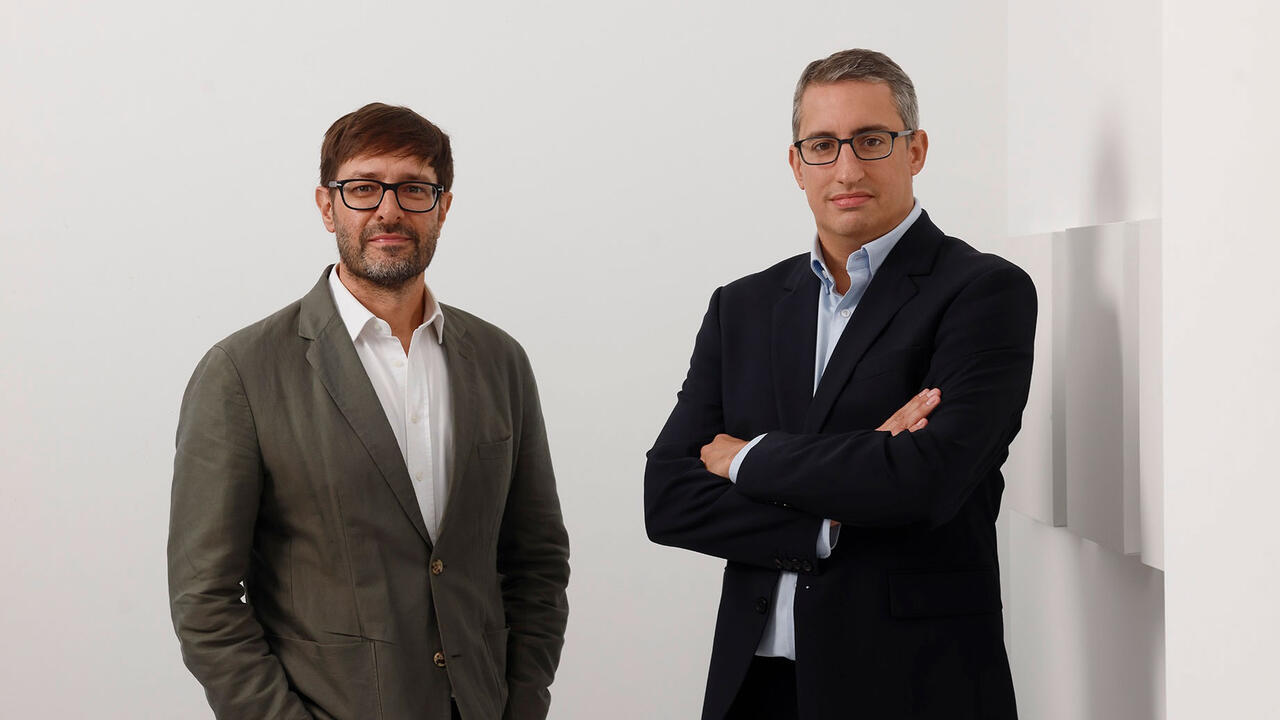Ok Huyn Ahn

Once, on lower Bowery, I watched the usual mass of New York busybodies stride unflinchingly past a mother and child who sat crying on a sidewalk bench. Not that I was exactly affected either: one of the strange things about emotions is the authenticity we demand from them as backing (‘Are they just doing this for money?’). Another is the paradoxical effect that emotions have on viewers to resist feeling – that is, to counterbalance sentimental excess with parsimony of response. This has given sentimentality, in art, a hard run for its money. Korean-born artist Ok Huyn Ahn’s exhibition ‘Homo Sentimentalis’ was a case study of why this may be: if we typically assume it’s among art’s tasks to make us feel something, why are we often so averse to actually doing so?
Ahn’s answer came not via the nostalgic sentimentality associated with old toys or mementos, but in the alien, casually staged views of men and women in contemporary quotidian interiors. Two short videos, Una Furtiva Lagrima (A Furtive Tear, 2012) and Ma Non Troppo (But Not Too Much, 2010), are sweeping, stylized emotional glimpses into fraught intrapersonal relations that we cannot – for lack of evidence – decode. In Una Furtiva Lagrima, an audience in a theatre weeps while watching a sappy domestic scene, all in moody, saturated tones. The exhibition’s photographs – mostly stills from the two videos – depict subjects who are either crying or appear to have just stopped: there’s a drip of snot still gleaming on the nose of a middle-aged professional in a pinstripe suit (Jung Jin on the Pink Wall, 2010). No reasons for tragedy are given; heartbreak, loss of a child and natural disaster seem equally plausible. Bracketing cause from effect, which Ahn seems to do deliberately, casts these histrionic works in a strangely clinical light, as if we’re in a focus group or a clinical trial, and our empathy as viewers is being tested.
There’s a tradition of quasi-confessional works that deliberately probe viewers’ capacity for connective feeling – Bas Jan Ader’s video I’m Too Sad to Tell You (1970) comes to mind – but Ahn’s decision to use subjects other than herself displaces her from certain ego-based or confessional traditions. The most successful pieces here were the few photographs that operate metonymically, as concise, part-for-whole gestures: a female’s forearm gripping the elbow of a male counterpart (both dressed in white, like the vase and flowers out of focus in the background) in Una Furtiva Lagrima (Untitled 6). Ahn’s staging of a hybrid culture – the settings are deliberately ‘Westernized’, with John Coltrane posters and a bottle of Bud – shows how outsiderness or cultural hybridity allow, rather than preclude, emotional overflow. We tend to be fine with a poetic cliché when we hear it from a foreign visitor, say, or a child.
The exhibition’s press release cites Milan Kundera, whose coinage ‘homo sentimentalis’ – the idea of a person ‘who has raised feelings to a category of value’ – gave the exhibition its title. In Kundera’s 1988 novel Immortality (in a passage not quoted in the press release), he goes on to say that as soon as ‘we want to feel’, feeling becomes ‘the imitation […] a show of feeling’. The truth of that phrase aside, Kundera hasn’t aged so well as a reference point, at least not beyond the required reading of teenage sentimental educations. More proximate, still, for me was how these photographs conjure what in academic circles is currently tossed around as ‘affect’: the critical attempt to recover a language of emotional complexity after post-Structuralism all but stamped feeling out of theory. Perhaps the lesson of this exhibition, despite its unevenness, was that we’ve yet to successfully think critically, or describe emotions well – or whatever it is we feel when feeling is explicitly asked of us.
















